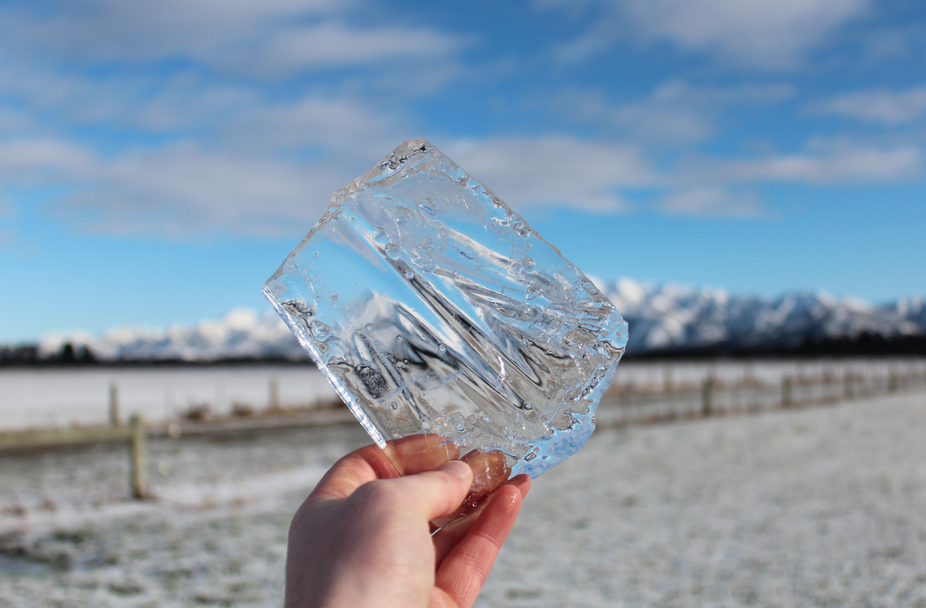Code Green Solutions


A lot of attention in the booming energy storage market is focused on battery technology. Batteries are dominant across a range of applications, and more than anything, decreasing battery prices are driving storage adoption. But a number of other approaches – including pumped hydro, flywheels, and thermal storage – can complement batteries or fill market niches just as effectively as batteries, if not more so. One very interesting alternate technology getting some press recently relies on storing energy in ice. The idea seems a little strange at first, but the advantages it can offer are significant.
Source: Utility Dive
Ice-Based Storage Basics
Storing energy by making ice (or just chilling water) may seem strange, or counterintuitive, but it’s based on a simple and sensible load-shifting principle: use cheap, off-peak electricity to run ice-making equipment, and extract the energy during peak load periods.The diagram above shows how this process works throughout a 24-hour period, with ice production occurring at night. As one of the biggest demands for electricity comes from the need to cool houses and businesses, ‘storing cold’ is an especially elegant way of spreading out load on the system during the key summer months when strain on the grid from AC systems is greatest. The advantage is magnified in hotter climates with a greater need for cooling – exactly the places with abundant solar energy ready to be stored.
Proven and Profitable
Unlike many current storage technologies, cooling-based systems have been around for decades. And they’re profitable, yielding 25-30% margins for installers and 3-4 year payback periods for retrofitters. Other industries are beginning to take note, as are regulators. For example, NRG Energy and Ice Energy, a major cooling-based storage provider, announced a partnership this summer to provide 25.6 MW of behind-the-meter storage in California. The potential to pair ice storage with solar generation seems particularly promising, because it can allow storage to shoulder cooling duties and free up generated electricity for other uses
Expansion Coming
As of now, there are two major players in the cooling-based storage world: Ice Energy and CALMAC. But as the popularity of all kinds of storage systems grows, new competitors with interesting new versions of the technology are sure to enter the market. Though they may not be as big as batteries, these cooling-based systems are definitely worth watching in the years ahead. If they can pair effectively with renewable sources of generation, they may become a vital part of the energy infrastructure of the hotter regions of the world.
Article via IronOak Energy Insights.